
Already threatening war with Russia, the White House this month has unveiled a new imperial grand strategy for the Indo-Pacific that raises the prospects of war with China.
The new strategy starts by repeating familiar clichés about America’s supposed humanitarian intentions in Southeast Asia and role in providing the security that “allowed regional democracies to flourish,” while ritualistically condemning Chinese aggression “spanning the entire globe.”
According to the report,
…from the economic coercion of Australia to the conflict along the Lines of Actual control with India to the growing pressure on Taiwan and bullying of neighbors in the East and South China Seas, our allies and partners in the region bear much of the cost of the People’s Republic of China’s (PRC’s) harmful behavior. In the process, the PRC is also undermining human rights and international law, including freedom of navigation, as well as other principles that have brought stability and prosperity to the Indo-Pacific.
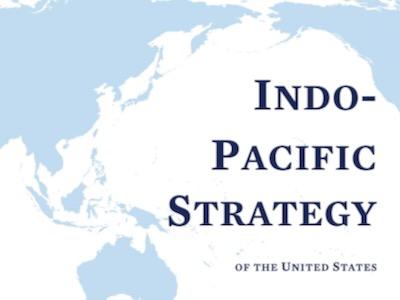
The U.S. mission over the next decade, as outlined in the report, is to stymie the PRC’s efforts to “transform the rules and norms that have benefitted the Indo-Pacific and the world.” The way to achieve this goal is to a) support a strong India—considered an engine of regional development—as a “partner in a positivist regional vision;” b) fortify the anti-China Quad alliance between the U.S., India, Japan and Australia—which the U.S. has promised to deliver nuclear powered submarines to; c) increase support for Taiwan’s self-defense and d) push for North Korea’s denuclearization while extending coordination with South Korea and Japan to respond to North Korea’s alleged provocations.
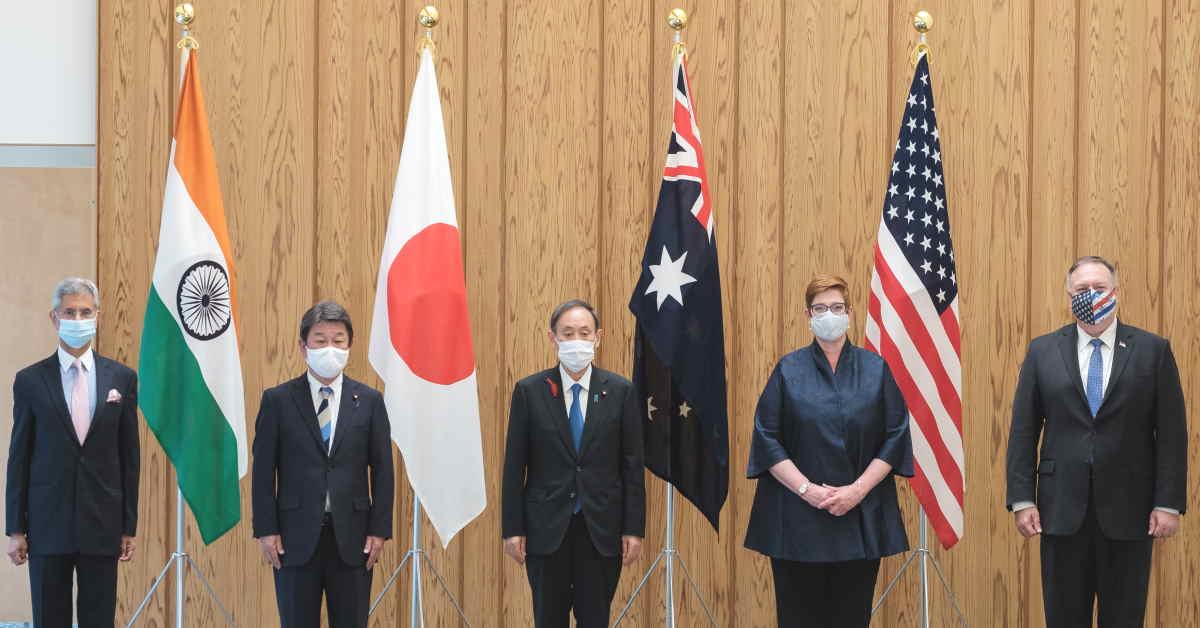
The U.S. also plans to a) promote democracy in Burma; b) expand U.S. embassies including in the Pacific Islands; c) enforce a rules-based approach in the maritime domain and promote a free press; d) deepen relationships with allies such as South Korea, the Philippines, Thailand, Indonesia, Malaysia, Mongolia, New Zealand, Singapore, and Vietnam, and e) encourage Japan and South Korea to strengthen their ties with one another.
Pacific Deterrence Initiative
At the heart of the Biden administration’s strategy is a vow that the U.S. will “increase the scope of its military exercises and operations” in the Indo-Pacific, build greater maritime capacity, “deploy more advanced warfighting capabilities,” bolster cyber warfare, artificial intelligence and regional undersea capabilities, and work with Congress to fund the Pacific Deterrence Initiative (PDI).
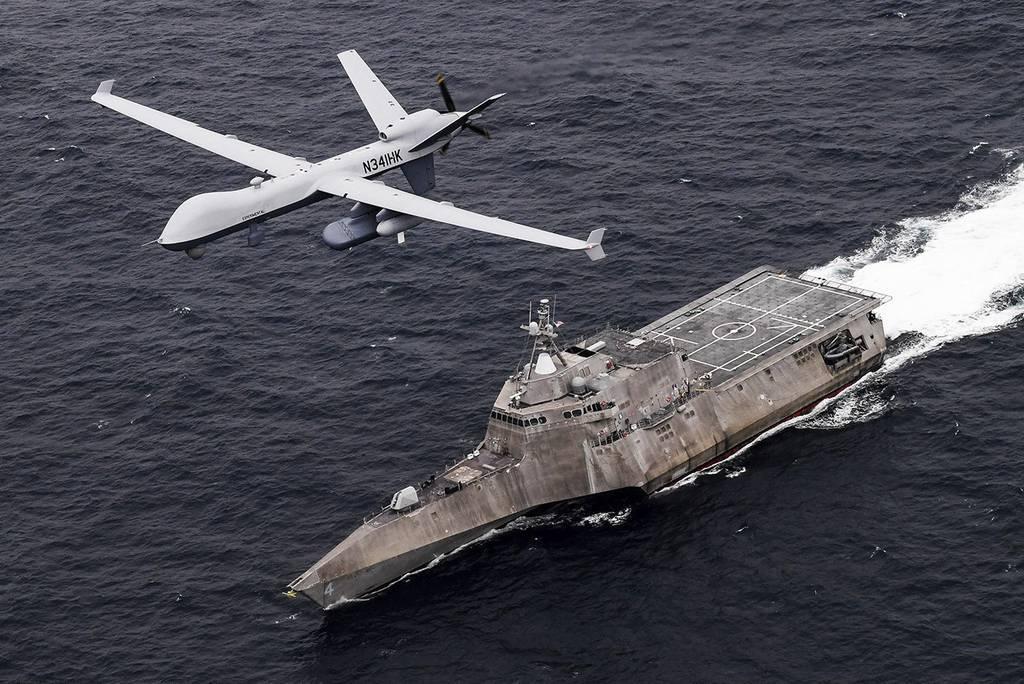
Signed by President Biden in December, the National Defense Authorization Act (NDAA) has provisioned a whopping $7.1 billion for the PDI, whose aim is to ensure that U.S. military forces “have everything they need to compete, fight, and win in the Indo-Pacific,” according to Senators Jack Reed (D-RI) and James Inhofe (R-OK)[1], top ranking members of the Senate Armed Services Committee who first promoted the PDI in Congress.

Everything they need includes a new Aegis missile facility on Guam that would assist in naval operations. The PDI also calls for stationing offensive missiles, previously banned by the Intermediate Range Nuclear Forces (INF) Treaty, along a string of densely populated islands that includes Japan, Taiwan and the Philippines.
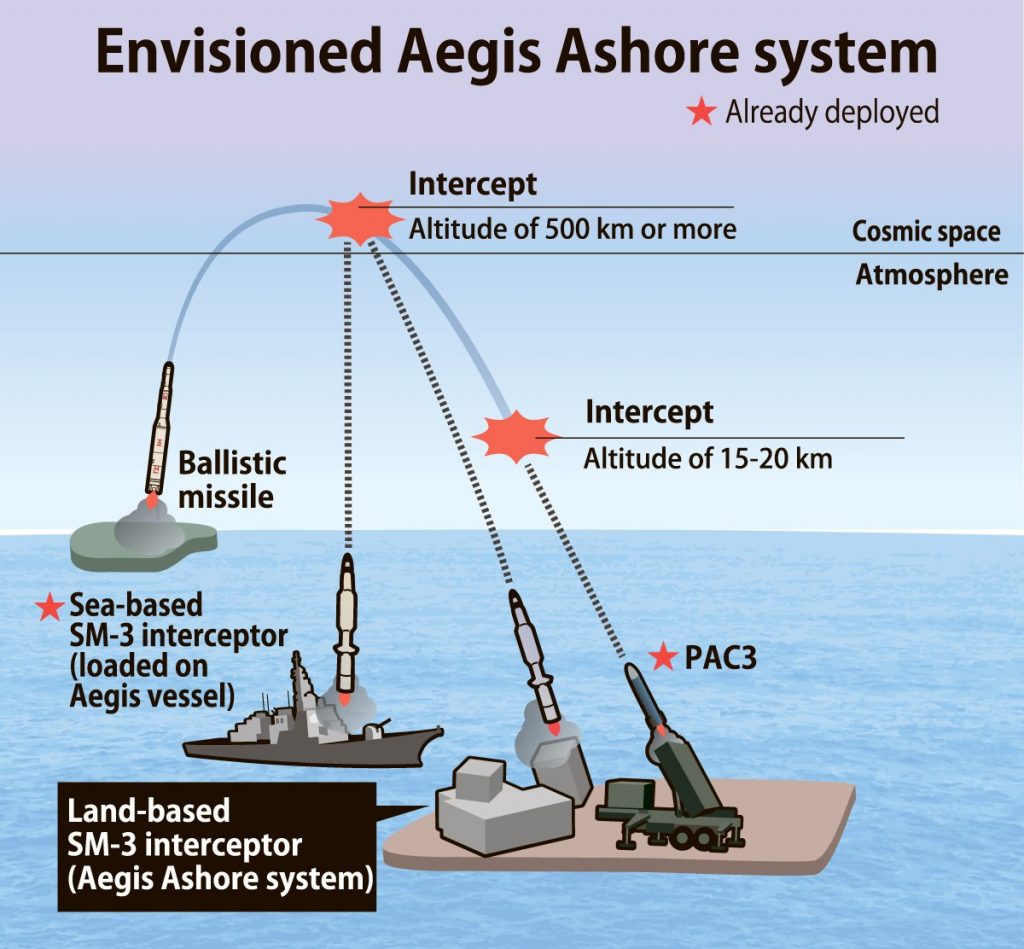
In addition, the PDI aims to: a) develop and launch space-based radars linked to the Aegis missile system in Guam and another system on the island of Palau, b) develop “discreet intelligence surveillance” capacities, and c) improve training ranges and joint exercises with Allies in the Pacific.
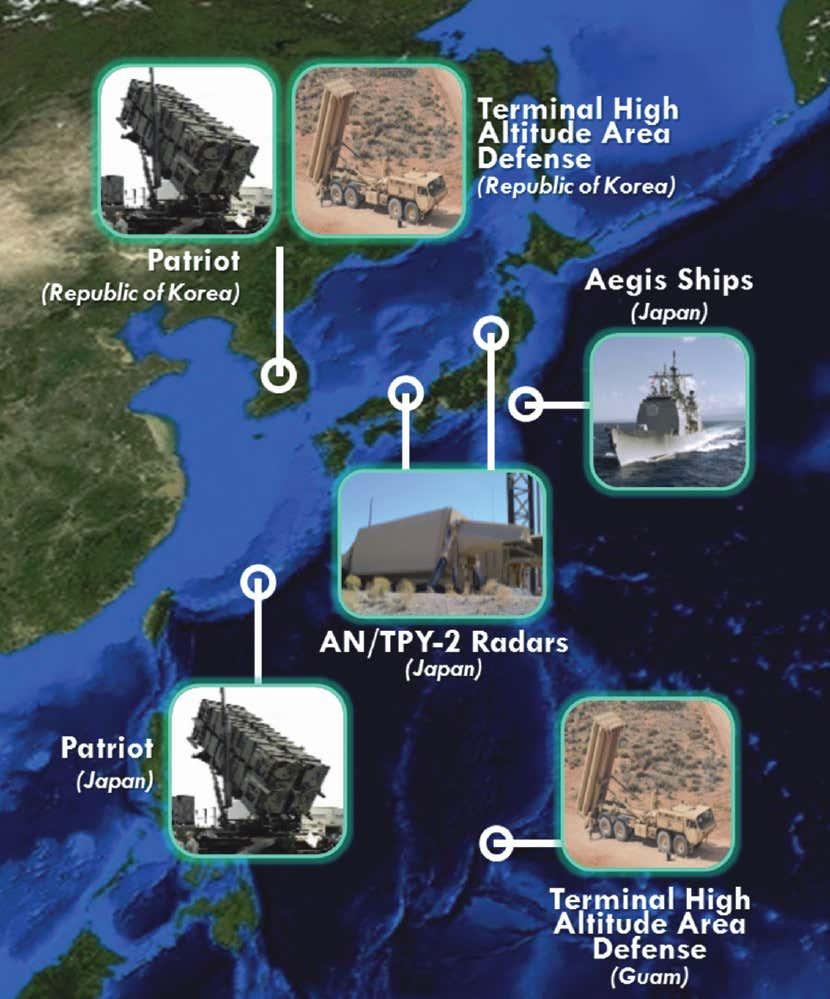
The drive.com reported that the Central Intelligence Agency (CIA) has been employing contractor-owned and operated aircraft in recent years to conduct overwater surveillance missions in the Pacific, which the PDI will further enable an expansion of.

Reductio ad Absurdium
The absurdity of the White House’s Indo-Pacific Strategy is evident in the fact that the U.S. already outspends China on the military by at least three times.
China is considered an aggressor—on a global scale—when it has only one international military base—which it acquired in 2017 in Djibouti in response to a major U.S. military facility there—and has not invaded another country since 1979 when it invaded Vietnam.

The U.S. has at least 750 overseas military bases, including 23 in Japan alone—and has invaded at least a dozen countries since 1979, killing countless civilians in that time.

In Southeast Asia, the U.S. waged aggressive wars in Korea and Vietnam that killed millions of civilians during the Cold War, and fought covert dirty wars in Laos, Philippines, Cambodia, and Indonesia that killed many more.

The condemnation of China’s “bullying behavior” in the South China Seas ignores the fact that China’s efforts to reclaim the Spratley and Paracel and Diaoyu Islands (Senkakus to Japanese)—which the U.S. claimed the right to defend under the U.S.-Japan treaty of Mutual Cooperation—are legitimate.
The islands were effectively stolen from China as booty of Japan’s victory in the 1895 Sino-Japanese War.[2] Japan has further spurned two Chinese offers—in 1990 and 2006—to jointly develop the resources of the islands which potentially include oil and gas.[3]
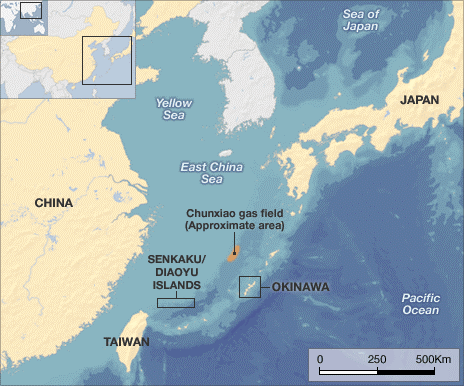
China in the report is blamed for economic coercion directed against Australia for levying tariffs—which the U.S. has done to China. China’s grievances against Australia were very real—interference in China’s internal affairs in Xinjiang, Hong Kong and Taiwan and its spearheading a crusade against China in international forum.
China is also blamed for border skirmishes with India, though China does not recognize the boundary between the two countries that was drawn up by a British colonial official Henry McMahon after signing a treaty with Tibet in 1915 that China had rejected.

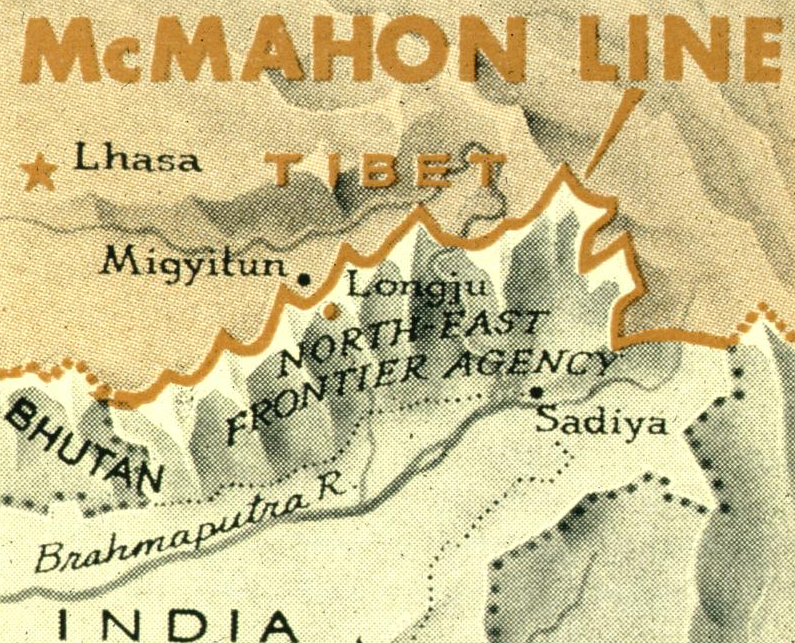
India is presented in the report as a great partner for the U.S. and progressive nation compared to China, when the New York Times has reported on the incitement of Hindu violence by Prime Minister Narendra Modi towards Muslims and erosion of human rights under his rule.

The silence on India’s human rights abuses—extending to its mistreatment of Muslims in occupied Kashmir—and playing up of China’s abuses towards Muslims in Xinjiang points to a clear double standard that undermines any moral imperative behind U.S. foreign policy in the Indo-Pacific.

The Tragedy of U.S. China policy
The greatest tragedy of U.S. policy is that China has never been antagonistic to the U.S.
Premier Xi Jinping in 2015 proposed a win-wing strategy in which both the U.S. and China accommodate one another’s interests and pursue common development along with their own interests as nation-states.
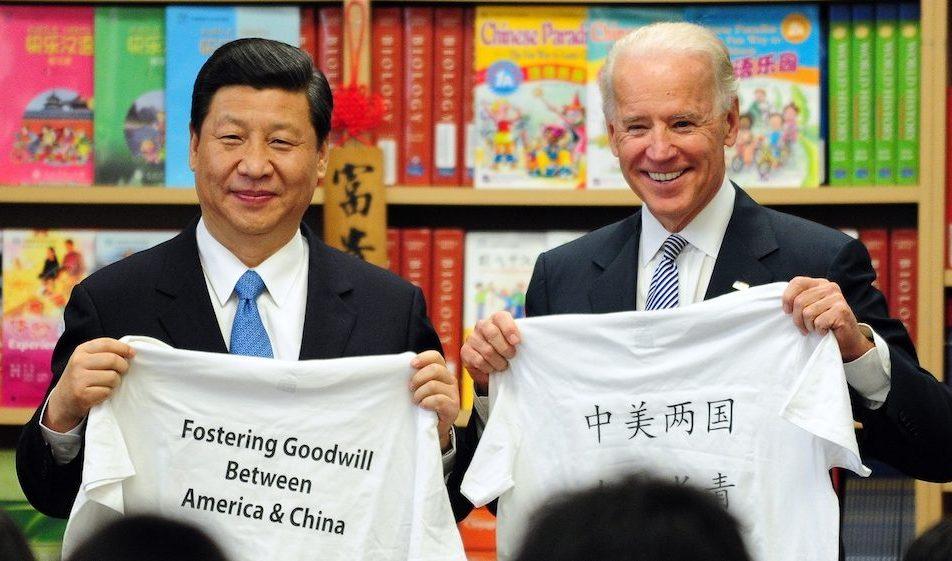
Charles Freeman Jr, a thirty-year veteran of the diplomatic corps who served as an interpreter for Richard Nixon’s historical visit to China in 1972, told me several years ago that the U.S. policy of a military buildup, or Asia Pivot policy, first enacted by Barack Obama, was misdirected because it “provided a military response to an economic problem.”

The People’s Liberation Army (PLA) was focused more on internal security, the defense of the Chinese homeland against neighbors with a history of invading, and on countering the powerful U.S. naval and air forces constantly mapping and probing its coastal defenses.
“A better response to China’s economic rise,” Freeman said, “would have been to try and leverage China’s prosperity to our own,” and “build better supply chains,” which he said, “corporate America was already attempting to do.”
The Obama administration could have also “worked to settle competing claims to islands on the South China seas and negotiated on a united basis with China.” Instead, it undertook “provocative measures,” including “mock attack runs on Chinese installations,” which were “not much appreciated by the Chinese,” and led to Chinese counter-measures that included sending ships off the coast of Hawaii and Guam.”[4]
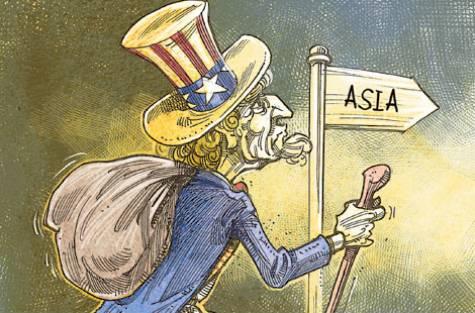
Little has changed in the Biden era, except that the scale of U.S. provocations has now increased, along with the dangers of World War III breaking out.
The domestic political climate has become even more Sinophobic—with the media having used the Beijing Olympics as another opportunity to rail against China and its supposed evil.

-
Not surprisingly, both Inhofe and Reed have been lavishly funded by aerospace and defense industries, along with oil and gas in Inhofe’s case. Reed has been a strong champion of drones, having received generous financial backing from leading drone-maker, General Atomics. ↑
-
Jeremy Kuzmarov, Obama’s Unending Wars: Fronting the Foreign Policy of the Permanent Warfare State (Atlanta: Clarity Press, 2019), 200; Han Yi-Shaw, “The Inconvenient Truth Behind the the Diaoyu/Senkaku Islands,” The New York Times, September 19, 2012, https://kristof.blogs.nytimes.com/2012/09/19/the-inconvenient-truth-behind-the-diaoyusenkaku-islands/In his biography Koga Tatsushiro, the first Japanese citizen to lease the islands from the Meiji government, attributed Japan’s possession of the islands to “the gallant military victory of our Imperial forces.”
-
Ivy Lee and Fang Ming, “Deconstructing Japan’s Claims of Sovereignty Over the Diaoyu Islands,” The Asia Pacific Journal, December 30, 2012, https://apjjf.org/2012/10/53/Ivy-Lee/3877/article.html ↑
-
Kuzmarov, Obama’s Unending Wars, 201, 202. ↑
CovertAction Magazine is made possible by subscriptions, orders and donations from readers like you.
Blow the Whistle on U.S. Imperialism
Click the whistle and donate
When you donate to CovertAction Magazine, you are supporting investigative journalism. Your contributions go directly to supporting the development, production, editing, and dissemination of the Magazine.
CovertAction Magazine does not receive corporate or government sponsorship. Yet, we hold a steadfast commitment to providing compensation for writers, editorial and technical support. Your support helps facilitate this compensation as well as increase the caliber of this work.
Please make a donation by clicking on the donate logo above and enter the amount and your credit or debit card information.
CovertAction Institute, Inc. (CAI) is a 501(c)(3) non-profit organization and your gift is tax-deductible for federal income purposes. CAI’s tax-exempt ID number is 87-2461683.
We sincerely thank you for your support.
Disclaimer: The contents of this article are the sole responsibility of the author(s). CovertAction Institute, Inc. (CAI), including its Board of Directors (BD), Editorial Board (EB), Advisory Board (AB), staff, volunteers and its projects (including CovertAction Magazine) are not responsible for any inaccurate or incorrect statement in this article. This article also does not necessarily represent the views the BD, the EB, the AB, staff, volunteers, or any members of its projects.
Differing viewpoints: CAM publishes articles with differing viewpoints in an effort to nurture vibrant debate and thoughtful critical analysis. Feel free to comment on the articles in the comment section and/or send your letters to the Editors, which we will publish in the Letters column.
Copyrighted Material: This web site may contain copyrighted material the use of which has not always been specifically authorized by the copyright owner. As a not-for-profit charitable organization incorporated in the State of New York, we are making such material available in an effort to advance the understanding of humanity’s problems and hopefully to help find solutions for those problems. We believe this constitutes a ‘fair use’ of any such copyrighted material as provided for in section 107 of the US Copyright Law. You can read more about ‘fair use’ and US Copyright Law at the Legal Information Institute of Cornell Law School.
Republishing: CovertAction Magazine (CAM) grants permission to cross-post CAM articles on not-for-profit community internet sites as long as the source is acknowledged together with a hyperlink to the original CovertAction Magazine article. Also, kindly let us know at info@CovertActionMagazine.com. For publication of CAM articles in print or other forms including commercial internet sites, contact: info@CovertActionMagazine.com.
By using this site, you agree to these terms above.
About the Author

Jeremy Kuzmarov holds a Ph.D. in American history from Brandeis University and has taught at numerous colleges across the United States. He is regularly sought out as an expert on U.S. history and politics for radio and TV programs and co-hosts a radio show on New York Public Radio and on Progressive Radio News Network called “Uncontrolled Opposition.”
He is Managing Editor of CovertAction Magazine and is the author of six books on U.S. foreign policy, including Obama’s Unending Wars (Clarity Press, 2019), The Russians Are Coming, Again, with John Marciano (Monthly Review Press, 2018), Warmonger. How Clinton’s Malign Foreign Policy Launched the U.S. Trajectory From Bush II to Biden (Clarity Press, 2023); and with Dan Kovalik, Syria: Anatomy of Regime Change (Baraka Books, 2025).
Besides these books, Kuzmarov has published hundreds of articles and contributed to numerous edited volumes, including one in the prestigious Oxford History of Counterinsurgency .
He can be reached at jkuzmarov2@gmail.com and found on substack here.

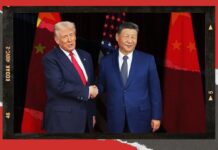









This article provides a lot of corrective information to the warmongering propaganda we continually get about China’s outreach. Personally, I see the struggle, as in Ukraine, in terms of the intensifying globalist competition for resources and investment on a small planet with clear limits.
Just recently, here in Aotearoa/New Zealand, we have been treated to the glaring geopolitical contradictions exhibited by our own Government and its 5 Eyes allies. NZ, Australia, and the US have been rapt with angst about a new Chinese base in the Solomons Islands, with all sorts of dark mutterings about possible reactive measures.
Now the Solomons are thousands of miles away from our shores but Russia’s concerns about nuclear weapons being positioned on their very border in Ukraine with NATO’s expansion have been completely rubbished by both the Government and media. Such is the hugely dangerous stupidity of short-sighted self-interest!
[…] As U.S. Threatens War with Russia, Biden Administration Unveils Imperial Strategy for Indo-Pacific T… […]
[…] and win in the Indo-Pacific,” according to Senators Jack Reed (D-RI) and James Inhofe (R-OK)[1], top ranking members of the Senate Armed Services Committee who first promoted the PDI in […]
[…] CovertAction Magazine 19 February 2022 […]
[…] Kaynak: axios.com, defensenews.com, pncguam.com, thedrive.com, chappatte.com, apjjf.org, iseas.edu.sg, CovertAction […]
Excellent analysis. The US economic powers and their media have been priming the public for some kind of war with Russian and China, especially since the Obama administration. It is very difficult to find an ounce of truth about either of these countries in the US media. Thank you for your article. Keep bringing us what is the truth for most of the rest of the world.
[…] The islands were effectively stolen from China as booty of Japan’s victory in the 1895 Sino-Japanese War.[2] Japan has further spurned two Chinese offers—in 1990 and 2006—to jointly develop the resources of the islands which potentially include oil and gas.[3] […]
CCP propaganda come pick up your check
i like most Chinese and Russian people, but the Chinese Government and Russian Government have very strict control over the media and thus a large portion of the news is propaganda and disinformation. It is an integral part of their strategy to achieve their goals.
[…] The new uS plan to provoke confrontation with China, https://covertactionmagazine.com/2022/02/19/as-u-s-threatens-war-with-russia-biden-administration-un… […]
The world can hardly wait until the US$ is done as the global reserve currency – then some ‘normalcy’ might return to areas outside direct US control (e.g. Canada).